Where is the world going with all these weapons?
Città del Vaticano 28.04.2025 Valerio Palombaro Translated by: Jpic-jp.orgThe Stockholm International Peace Research Institute (Sipri) reports a global and dangerous increase of +9.4% compared to 2023. The United States, China, Russia, Germany, and India lead the ranking, but more than 100 countries around the world have increased their military spending.
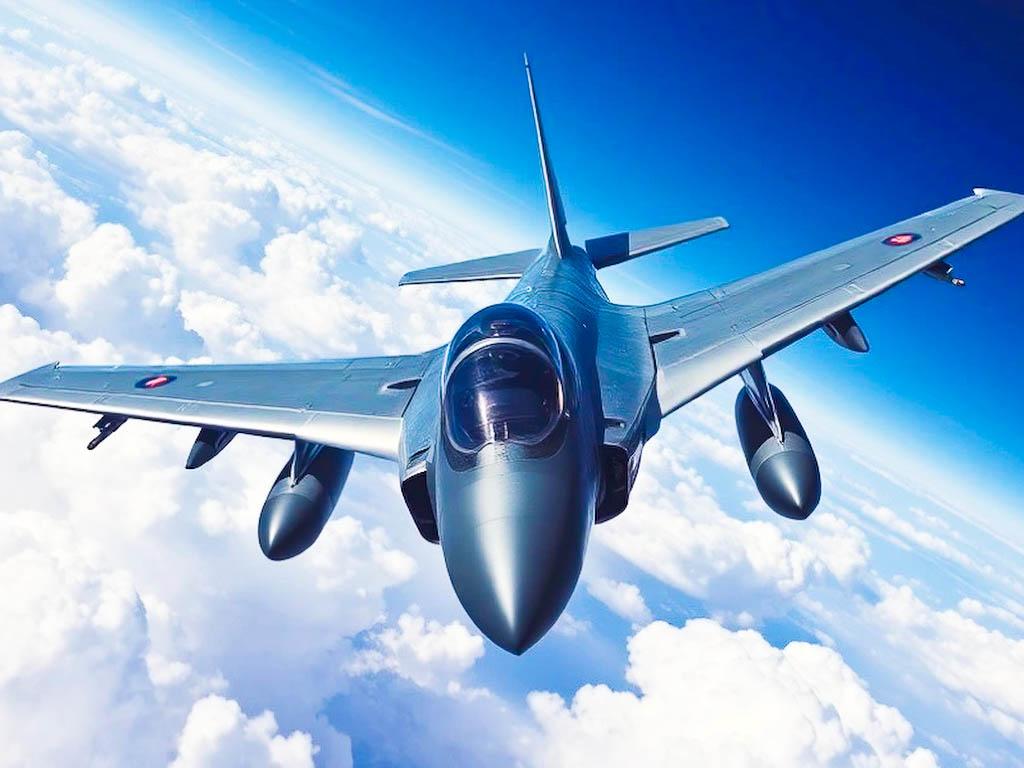
Never since the end of the Cold War has such a marked increase in global military spending been recorded. The record figure of 2,718 trillion dollars spent in 2024, released today in the report from the Stockholm International Peace Research Institute (Sipri), indicates a dangerous 9.4 percent rise compared to the previous year. This growth trend has continued uninterrupted for ten years, but in 2024 it surged sharply due to the wars that are shedding blood in many parts of the world.
Abandoning the “logic of war”
Military spending, now reaching a share equivalent to 2.5 percent of global GDP, has risen in all regions of the world. Europe and the Middle East stand out as the areas where spending has grown most significantly, but the trend is global, confirming a dangerous “domino effect” triggered by the “piecemeal third world war” that Pope Francis has so often denounced during his pontificate, alongside his appeal to abandon the “logic of war” driven by “arms merchants.”
“Rearmament has been underway at least since the beginning of this century and, since then, the value of military spending has more than doubled,” says Francesco Vignarca, representative of the Milex.org Observatory and the Italian Peace and Disarmament Network, speaking to Vatican media.
According to Vignarca, rearmament is now “explicitly presented as a competition between systems seeking to overpower others,” opening the door to a “financial bubble” driven by the arms industry. Quoting Pope Francis’ most recent Urbi et Orbi Easter message, in which he said that “no peace is possible without real disarmament,” Vignarca insists: “Resources must be shifted” from the arms industry to commitments aimed at “reducing inequalities” so as to solve at the root “the problems that set us against one another.”
Europe leads the global rise
The Sipri report highlights that the top five countries in defence spending — the United States, China, Russia, Germany, and India — account for 60% of the global total, with a combined expenditure of 1,635 trillion dollars. However, over 100 countries worldwide increased their military spending in 2024.
“As governments prioritise military security more and more, often at the expense of other budget areas, these economic and social choices could have significant effects on societies in the years to come,” says Xiao Liang, researcher in Sipri’s Military Expenditure and Arms Production Programme.
Europe stands out as the continent most marked by the rise in military spending. “For the first time since reunification, Germany has become the Western European country with the highest military spending,” notes Sipri researcher Lorenzo Scarazzato. This is a trend expected to grow, given the recent decision by the Bundestag in Berlin to approve constitutional amendments allowing exceptions to the debt “ceiling” for military spending.
“The latest policies adopted in Germany and in many other European countries suggest that Europe has entered a period of rising military spending which is likely to continue into an unpredictable future,” adds Scarazzato. Military spending in Europe, including Russia, rose by 17 percent, surpassing the level reached at the end of the Cold War. All countries on the continent, except Malta, increased defence spending.
Russia increased its military spending by 38 percent year-on-year, reaching 7.1 percent of GDP, while Ukraine, due to the conflict ongoing for more than three years, allocated 34 percent of its GDP to the sector. Apart from the two countries directly involved in the conflict, many European states have recorded unprecedented increases in military spending. Germany increased such spending by 28 percent; Poland by 31 percent.
A change of paradigm is needed
All NATO countries increased military spending in 2024, bringing the total for the Atlantic Alliance to 1,506 trillion dollars, or 55 percent of the global total. The United States, aiming to maintain a “strategic advantage” over China and Russia, increased military spending in 2024 by 5.7 percent year-on-year, accounting for 37 percent of the global total. China, with a 7 percent increase, remains the second highest military spender in the world.
A significant increase was also recorded in Japan, while India remains the fifth largest military spender globally, and Myanmar recorded a 66 percent year-on-year increase in 2024.
As for the Middle East, Israel recorded a 65 percent increase in military spending — the largest annual rise since the Six-Day War in 1967.
“A change of paradigm is needed,” concludes Vignarca, “because peace is a creative and continuous process.” In this regard, the military spending expert hopes for a United Nations Conference on Disarmament to be held in 2025, 35 years after the last one, coinciding with the 80th anniversary of the tragedies of Hiroshima and Nagasaki.
See, Sipri, nel 2024 aumento record delle spese militari mondiali





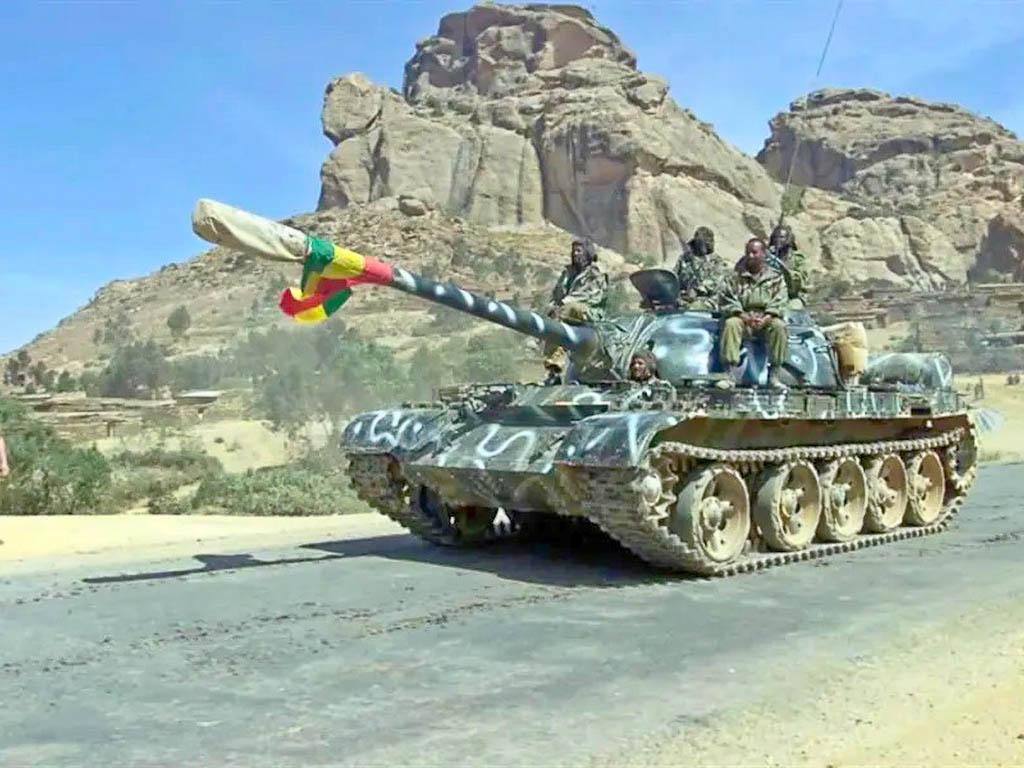
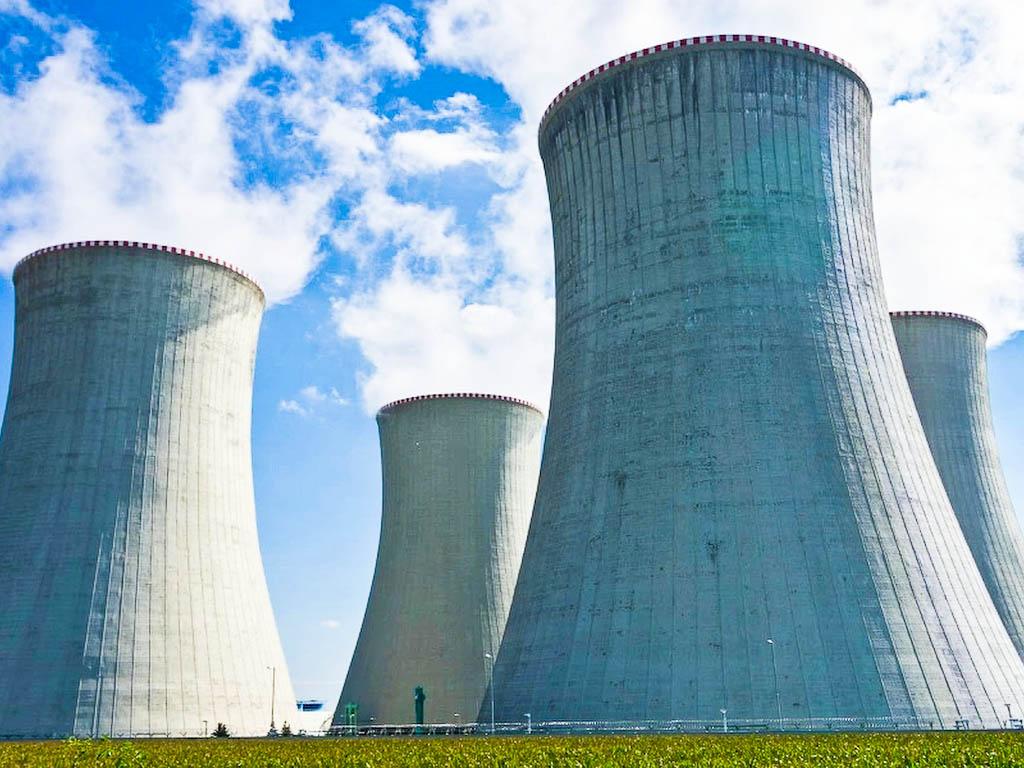
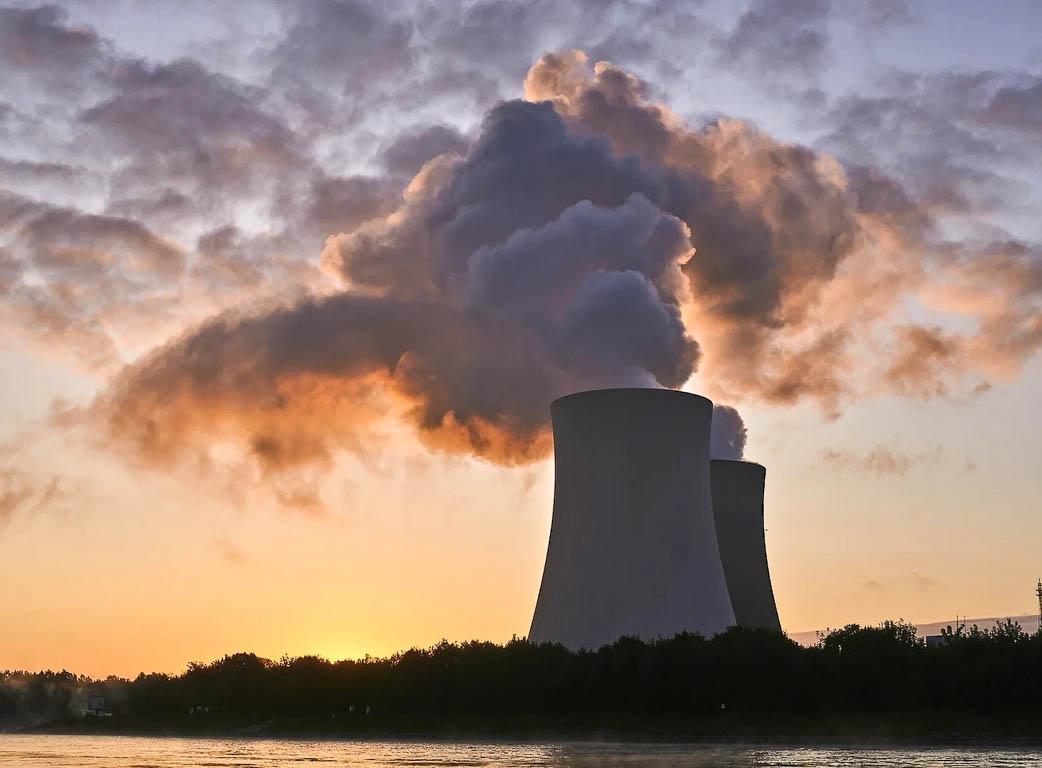
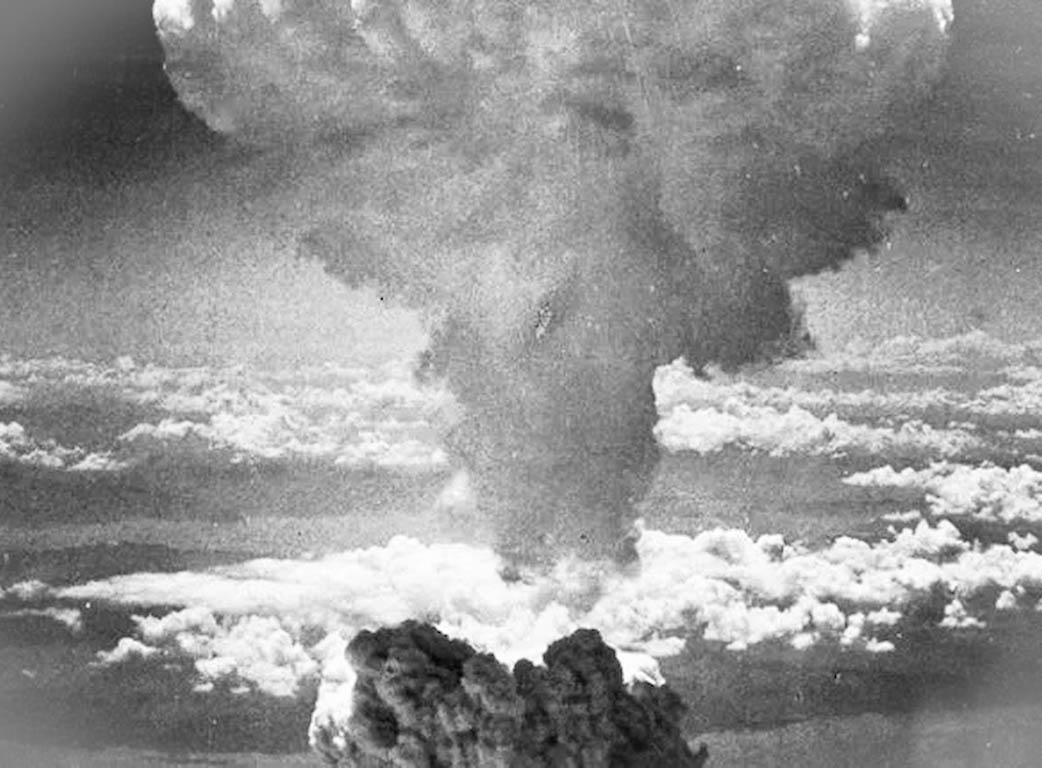
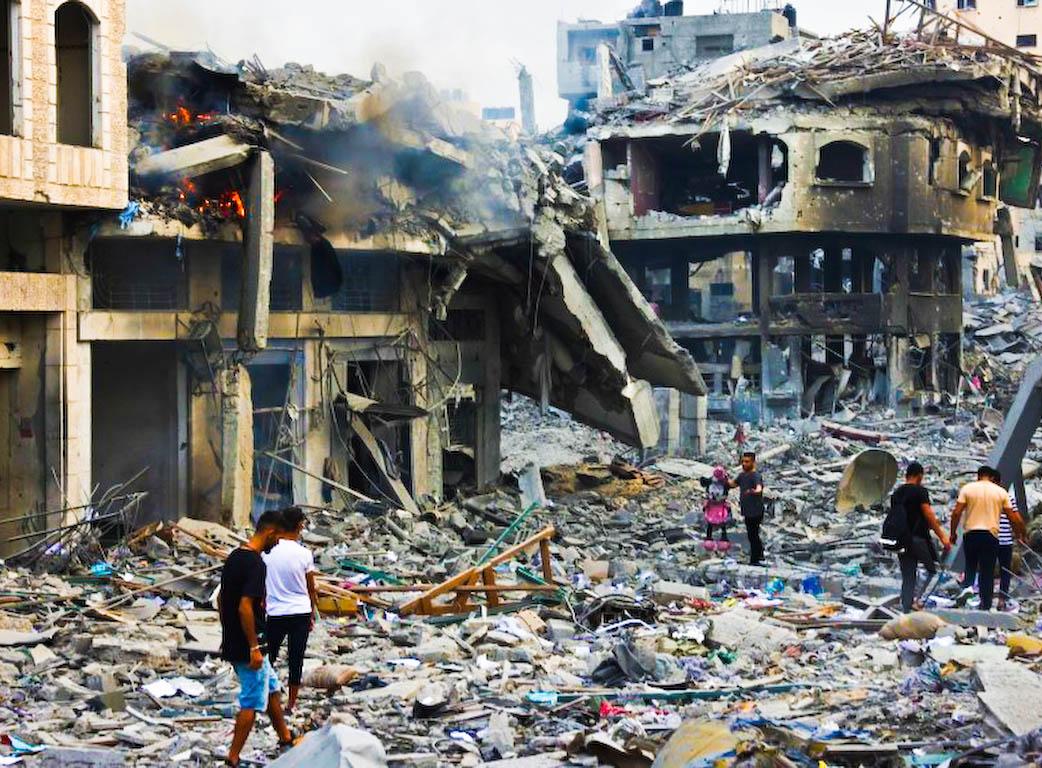
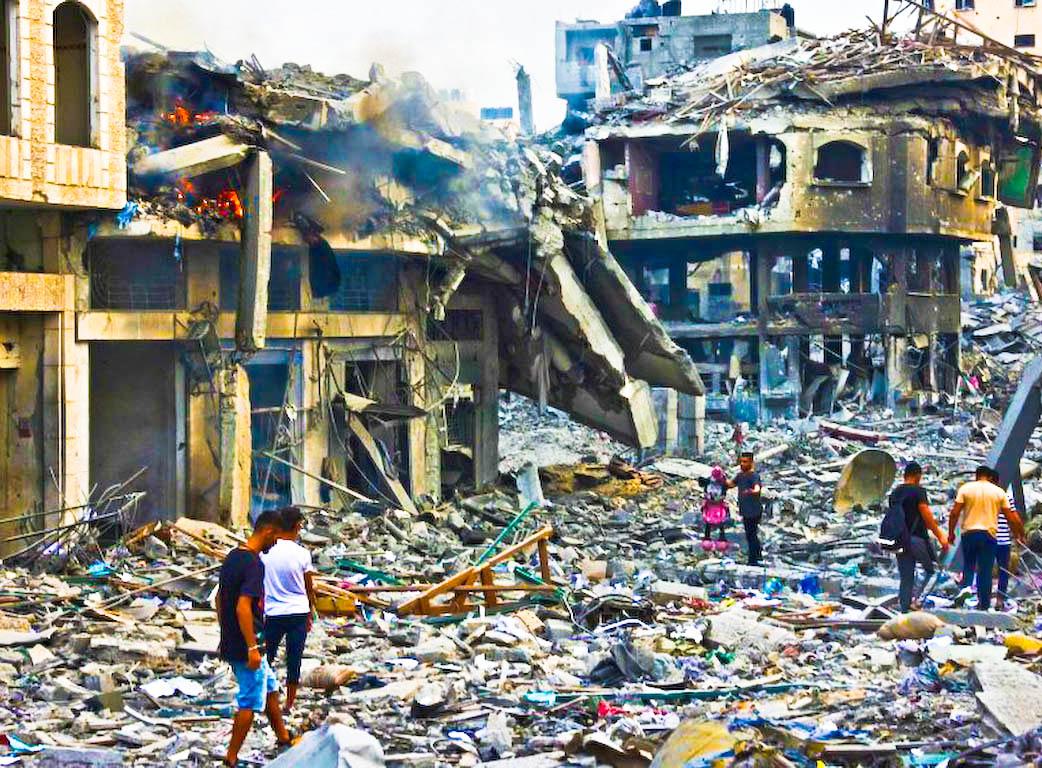
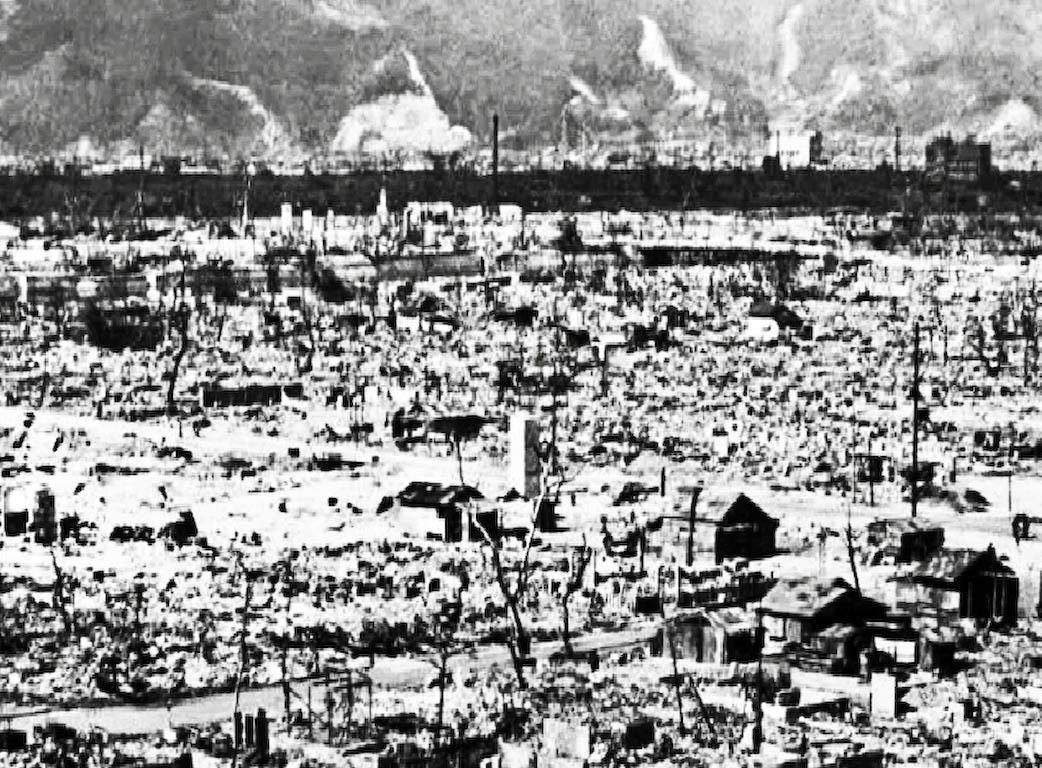
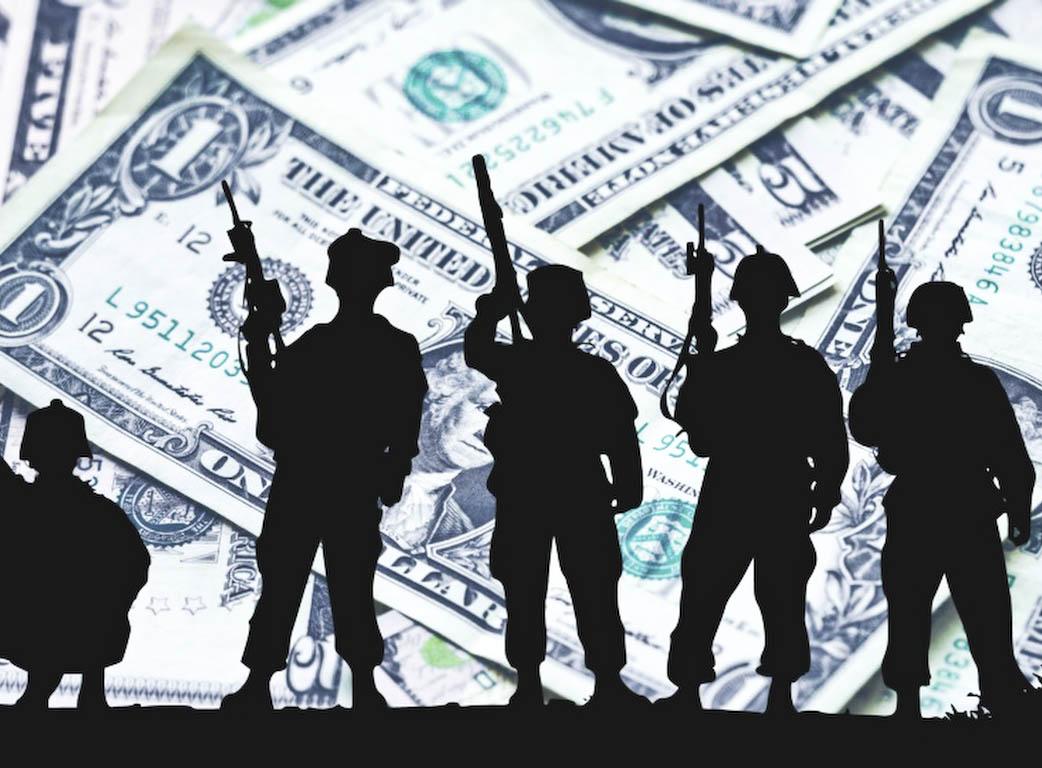

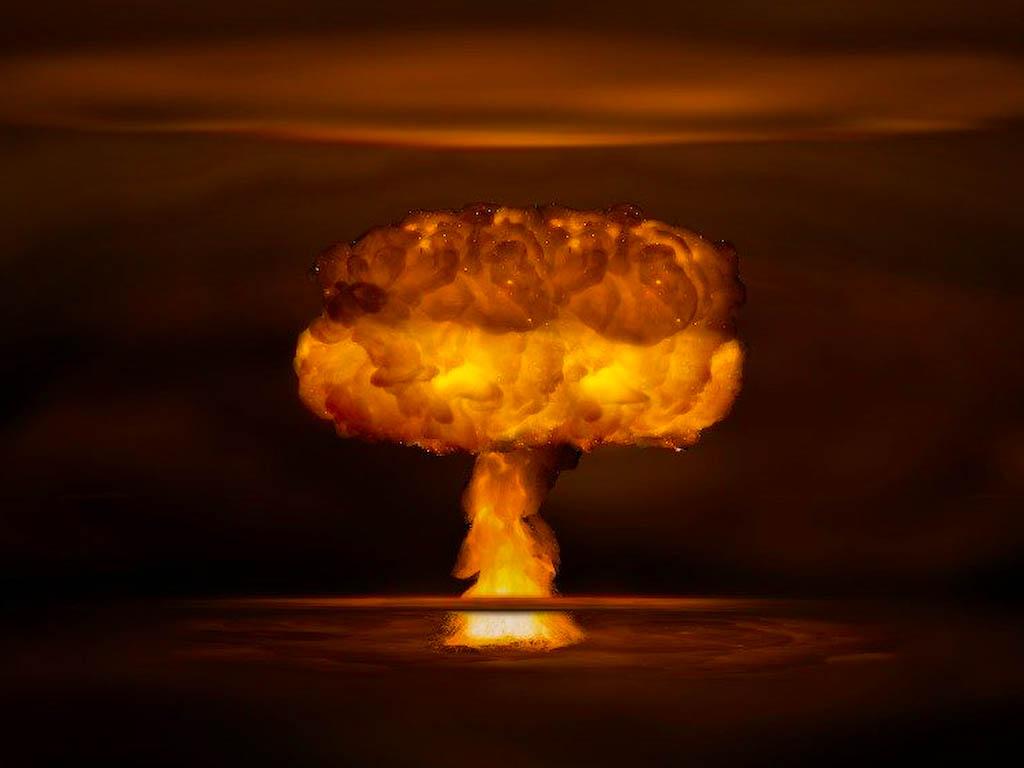






 EDitt | Web Agency
EDitt | Web Agency
Leave a comment